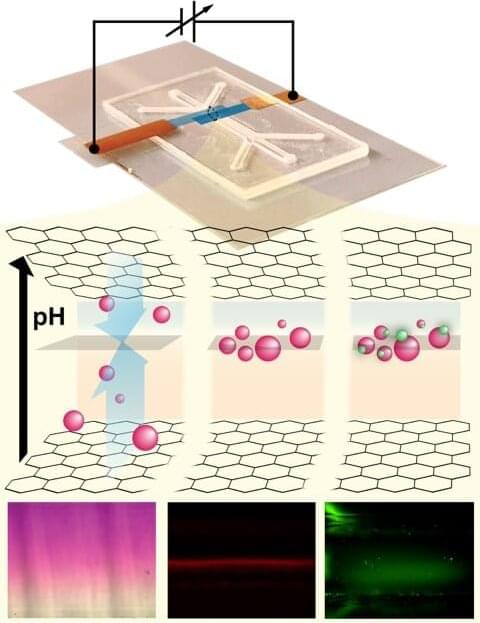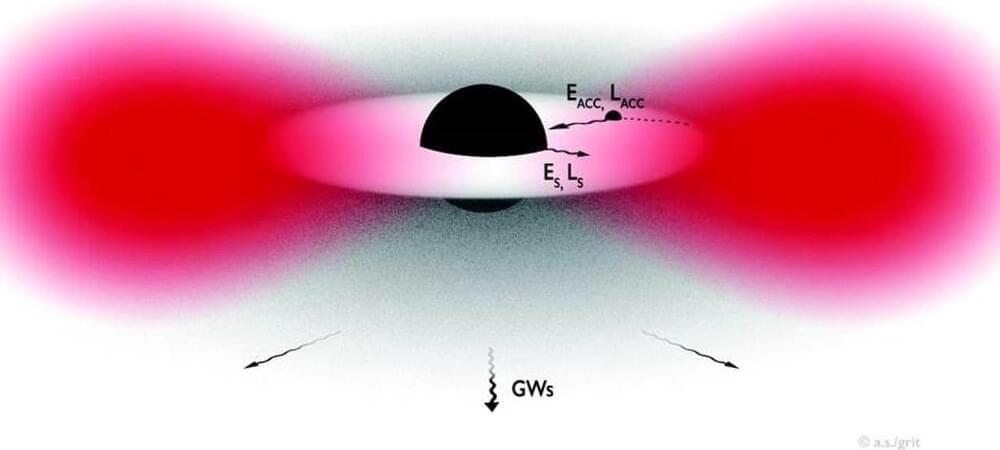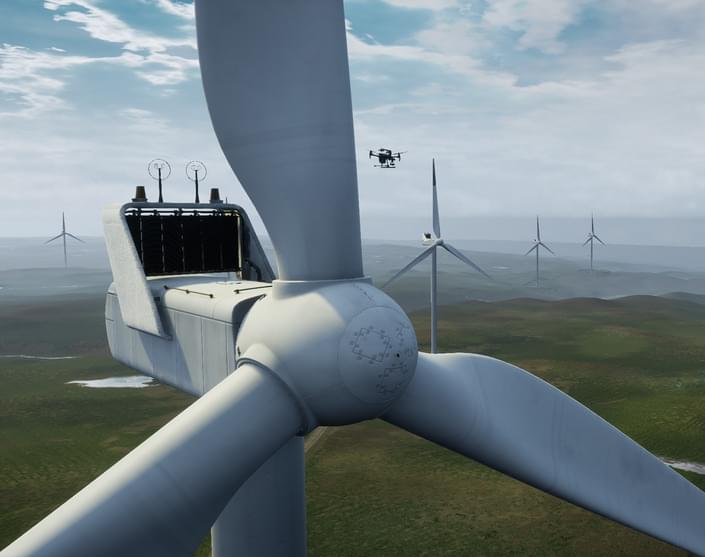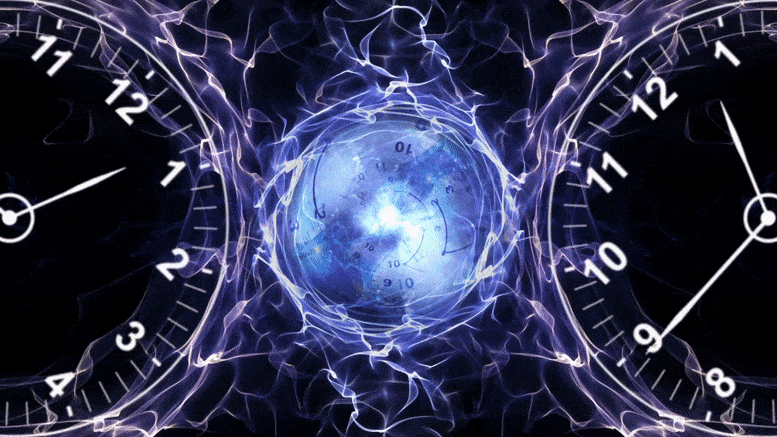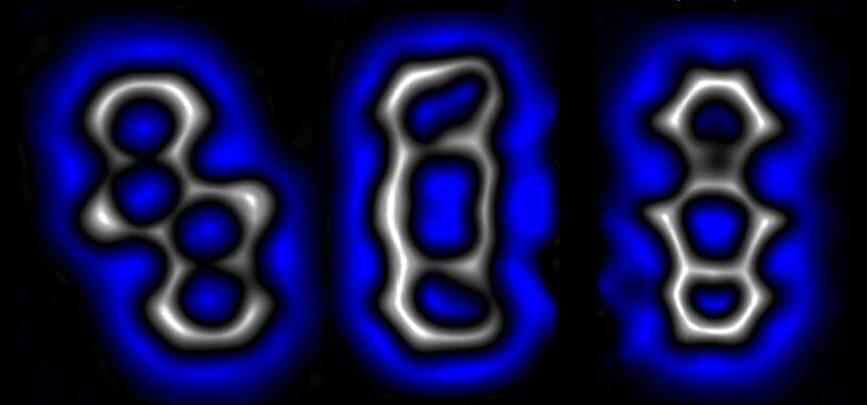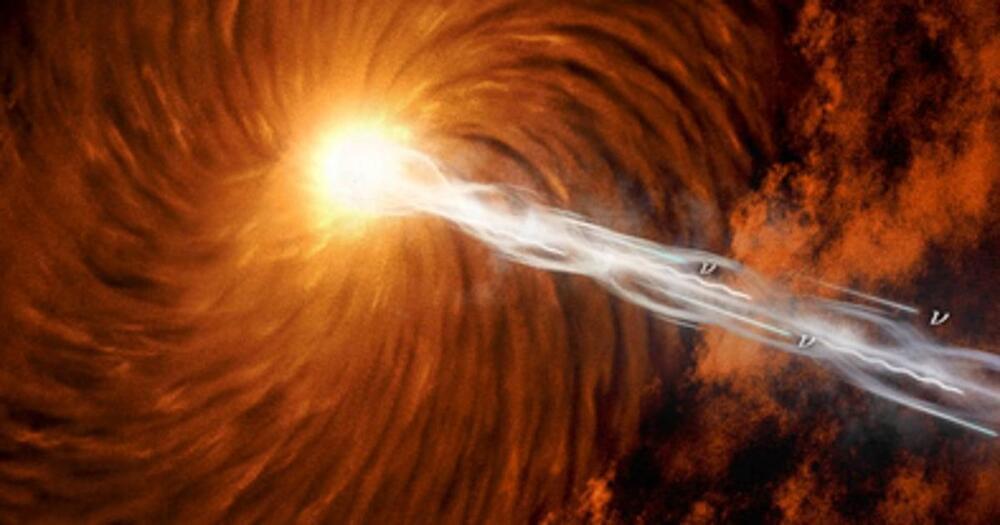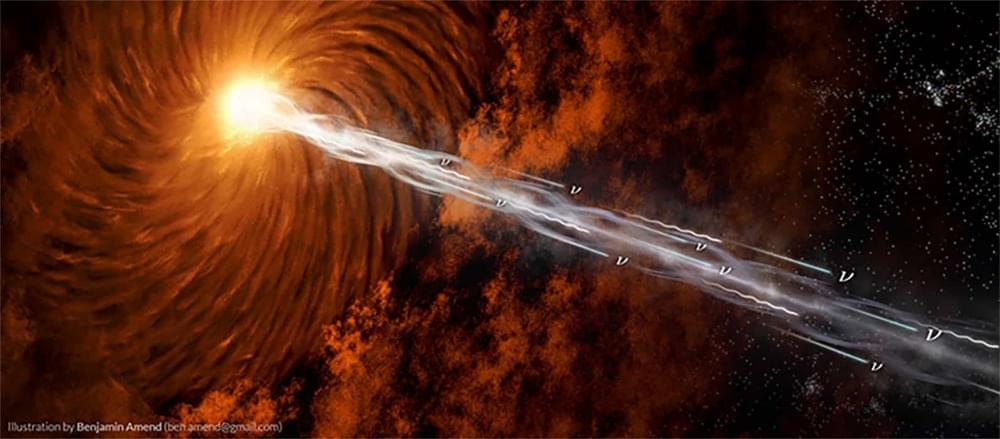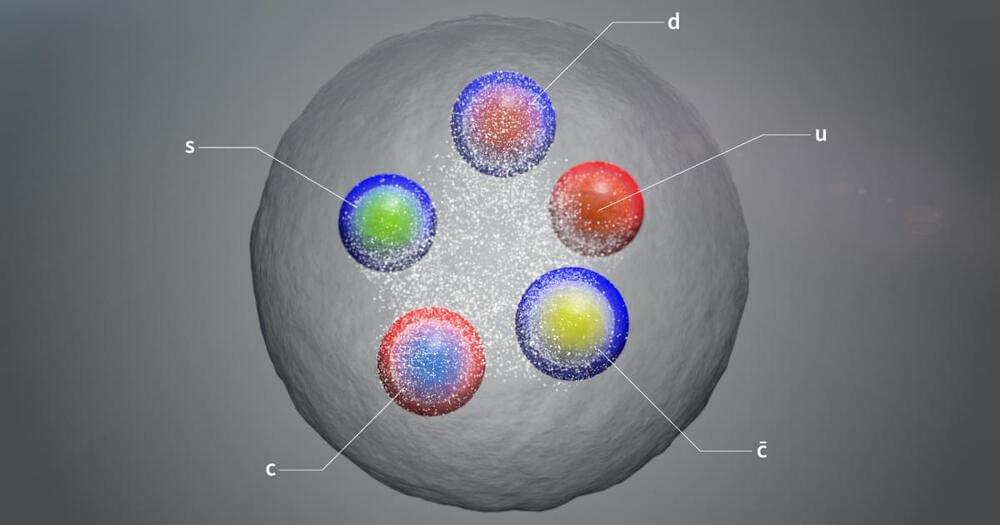Jul 19, 2022
Scientists hack fly brains to make them remote controlled
Posted by Shubham Ghosh Roy in categories: cybercrime/malcode, engineering, genetics, nanotechnology, neuroscience, particle physics
Researchers at Rice University have shown how they can hack the brains of fruit flies to make them remote controlled. The flies performed a specific action within a second of a command being sent to certain neurons in their brain.
The team started by genetically engineering the flies so that they expressed a certain heat-sensitive ion channel in some of their neurons. When this channel sensed heat, it would activate the neuron – in this case, that neuron caused the fly to spread its wings, which is a gesture they often use during mating.
Continue reading “Scientists hack fly brains to make them remote controlled” »

